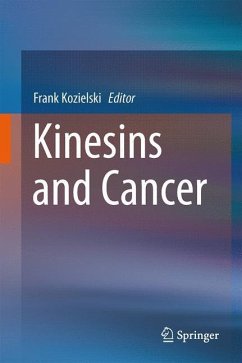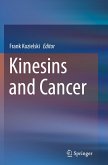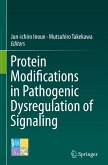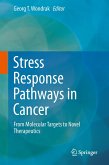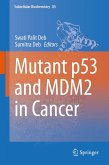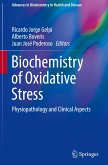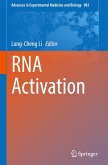This interdisciplinary volume collates research work on kinesins and cancer. Authors attempt to validate members of the kinesin superfamily as potential targets for drug development in cancer chemotherapy. The work begins by highlighting the importance of kinesins, summarising current knowledge and how they are shown to be crucial for mitosis. Chapters go on to explore how this family of proteins are emerging as a novel target for chemotherapeutic intervention and drug development.
Readers will learn how kinesins travel along microtubules to fulfill their many roles in intracellular transport or cell division. Several compounds that inhibit two mitotic kinesins (called Eg5 and CENP-E) have entered Phase I and II clinical trials and are explored in these chapters. Additional mitotic kinesins are currently being validated as drug targets, raising the possibility that the repertoire of kinesin-based drug targets may expand in the future.
The book is suitable as a reference standard for the field of kinesins and cancer. It will interest those in academia and pharmaceutical companies, and anyone with an interest in the medical relevance of these proteins, which cutting edge methodologies are now enabling us to understand in astonishing detail.
Readers will learn how kinesins travel along microtubules to fulfill their many roles in intracellular transport or cell division. Several compounds that inhibit two mitotic kinesins (called Eg5 and CENP-E) have entered Phase I and II clinical trials and are explored in these chapters. Additional mitotic kinesins are currently being validated as drug targets, raising the possibility that the repertoire of kinesin-based drug targets may expand in the future.
The book is suitable as a reference standard for the field of kinesins and cancer. It will interest those in academia and pharmaceutical companies, and anyone with an interest in the medical relevance of these proteins, which cutting edge methodologies are now enabling us to understand in astonishing detail.

